For two decades, Hawaii has led the way for Specific Pathogen Free shrimp and the growth of a multibillion-dollar industry
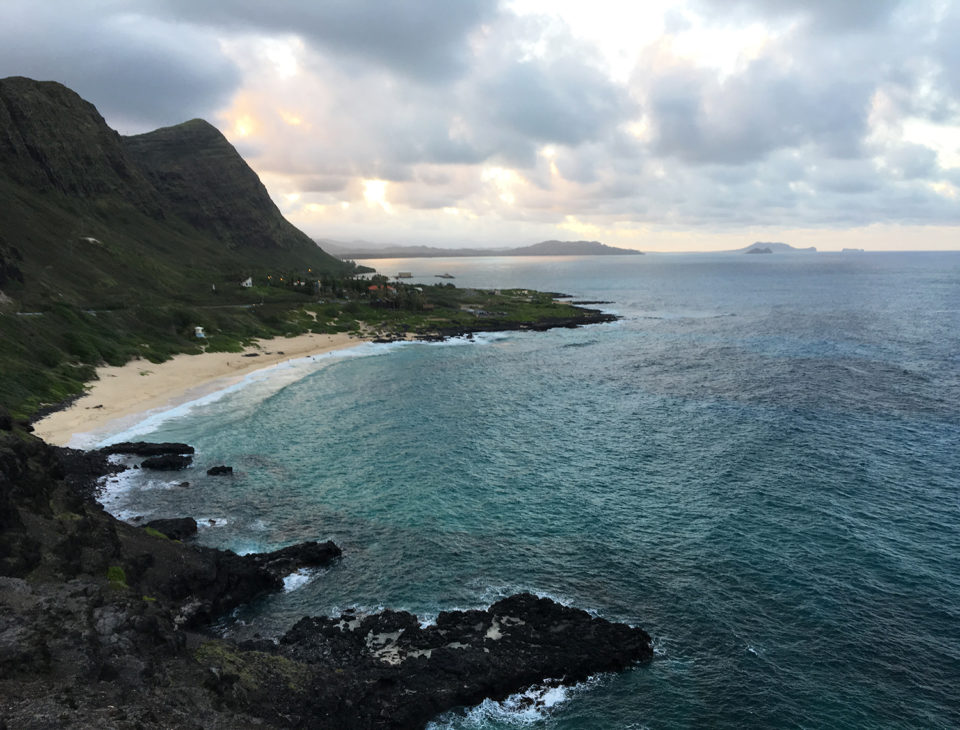
Jim Wyban remembers the first trial of Specific Pathogen Free (SPF) shrimp. Bred in a quarantined facility in Hawaii, the goal was to stock U.S. ponds with shrimp that were free of the diseases that had devastated farms in previous years.
At the end of the season, not only had the shrimp survived, they had thrived. The SPF postlarvae had grown larger and faster than other broodstock, and “just did better in every way,” Wyban said. “The results were really good.”
The year was 1991. Over the next quarter-century, SPF broodstock would transform shrimp farming worldwide. The cultivation of disease-free broodstock would emerge as an industry in its own right, with Hawaii leading the way as headquarters of the so-called SPF “brand.”
The industry now faces changes. The next step for shrimp breeding will be developing animals that aren’t just disease free, but disease resistant. The industry is also globalizing, with a growing number of broodstock suppliers setting up shop overseas. But shrimp breeders in the Aloha State aren’t worried. They say Hawaii-grown SPF is here to stay.
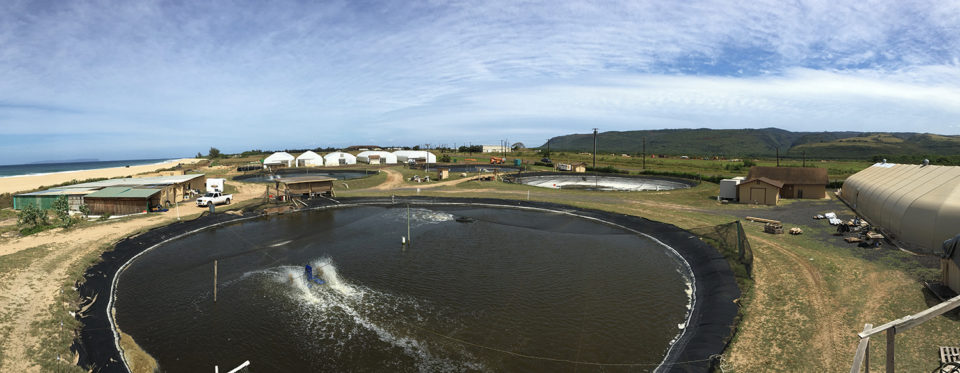
Spawning of an industry
The story of SPF shrimp began with a research program funded by the U.S. Department of Agriculture in the late 1980s. Its goal was to promote the development of a domestic shrimp farming industry in the United States.
The question of the day was, “Why are we importing all this shrimp when we could be growing it ourselves?” asked Wyban, who was then a researcher at Oceanic Institute in Hawaii, one of the participating institutions in the consortium. Wyban was principal investigator for the program.
The researchers talked with U.S. shrimp farmers, who agreed that one of their biggest problems was disease.
“One of the things we saw was that the diseases were starting all the way back in the hatcheries,” Wyban said. “The PLs (postlarvae) had these diseases.”
Having the right climate, the right isolation, having sea water that’s very high quality and free of diseases, those are very big advantages.
The team set out to develop a breeding program that would produce disease-free shrimp from the outset. By repeatedly screening the postlarvae, and raising them in a quarantined facility in Kona, they grew shrimp that were free of all major pathogens. The offspring of this first generation were released to participating shrimp farmers as Specific Pathogen Free shrimp.
The concept was borrowed from screening procedures used since the 1940s to develop clean laboratory animals like mice and rats for human medical research, noted James Brock, who was the state of Hawaii’s aquaculture disease specialist at the time.
“Everyone was supportive of the objective being sought, which was to start with the best possible animal quality for use in aquaculture development in Hawaii,” he said.
Companies in Hawaii soon developed commercial breeding programs.
“It kind of – for lack of a better word – spawned a new industry, and that was the development of SPF broodstock,” said Steve Arce, technical services director of Kona Bay Marine Resources in Kauai, Hawaii. “It went from nothing to a multimillion-dollar industry.”
SPF shrimp moves East
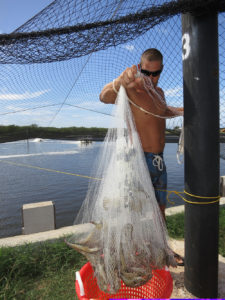
Many of the shrimp broodstock companies found a new market for the product in Asia, where shrimp farms had been devastated by an outbreak of white spot syndrome virus.
“All the companies had to do was grow-out the SPF postlarvae to broodstock size and ship them to Asia, and that was a thriving business,” said George Chamberlain, president of Kona Bay Marine Resources. Over time, many breeders also selected for traits like productivity, size, and disease resistence, developing a genetically improved animal, he adds. (Editor’s Note: Chamberlain is also president of the Global Aquaculture Alliance, which publishes the Advocate.)
The industry’s rise wasn’t without bumps. Initial success was followed by some setbacks, especially among shrimp farmers who didn’t understand that SPF was only a health status – not a genetic resistance to disease. Farms that weren’t bio-secure to protect their healthy stocks from pathogens in the environment continued to lose animals to disease. Brock called it a “very high risk gamble” to stock expensive SPF shrimp in an open pond and expect them to remain disease free.
“The shrimp aren’t magic, they just give people a head start,” said Arce. “That’s why having the right bio-secure grow-out environment is important.”
Over time, and as shrimp farmers learned how to use the product, demand soared, and so did shrimp production in countries like Taiwan, Thailand and China. Global shrimp production, flat throughout the 1990s at roughly 1 million metric tons annually, quadrupled shortly after the introduction of SPF shrimp at the turn of the century (see Fig. 1). With the onset of new diseases since then, Chamberlain said there is a need for shrimp stocks with multiple pathogen resistance.
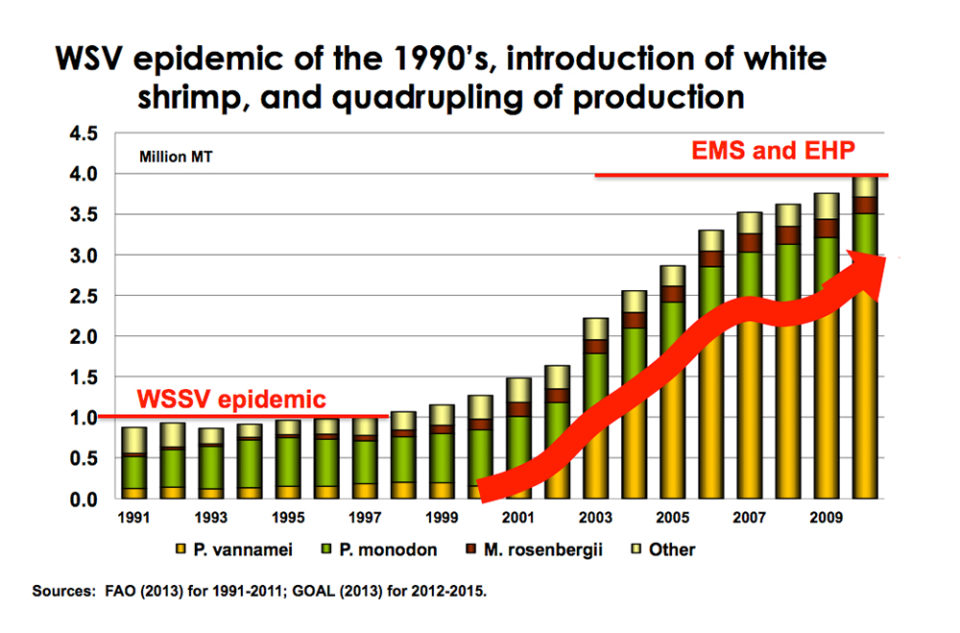
“Unfortunately, the primary objective of developing U.S. shrimp farming didn’t happen,” Chamberlain said. “Instead, the stocks primarily went to Asia, where they were desperately needed.”
Getting specific
There continue to be misunderstandings about what “SPF” means, said Victoria Alday-Sanz, director of biosecurity and breeding program for NAQUA in Saudia Arabia. SPF is not a hereditary trait, but a “sanitary status,” she noted, and that status is lost as soon as shrimp are exposed to outside pathogens due to a lower level of biosecurity.
What’s more, SPF shrimp are not necessarily free of all pathogens, only “specific” pathogens – and there is no consensus on the list of pathogens that should define SPF.
“Often, SPF refers to the OIE (World Organization for Animal Health) listed pathogens, but not necessarily,” she said. Instead, “the specific pathogens are normally defined by the provider and client.”
Alday-Sanz sees the future of SPF in the development of animals that are not only disease-free, but also disease-resistant – allowing them to be used in ponds with little to no biosecurity. Where the first SPF populations had been developed from shrimp stocks that had been largely protected from diseases, Alday-Sanz took the opposite approach.
“We developed SPF stocks from shrimp exposed to all sorts of pathogens for generations, and that had shown tolerance/resistance to a number of pathogens,” she said. “This process has been named ‘reversed SPF.’”
The introduction of these stocks to Saudi Arabia after the country’s shrimp industry had been wiped out by white spot syndrome virus in 2013 led to the “full recovery of the industry,” she said.
We developed SPF stocks from shrimp exposed to all sorts of pathogens for generations, and that had shown tolerance/resistance to a number of pathogens. This process has been named ‘reversed SPF.’
While she acknowledges the role Hawaii breeders played in pioneering the development of SPF and providing the initial source of SPF for the shrimp industry, Alday-Sanz sees the industry moving in a more global direction. CP Thailand is one of the major suppliers of SPF shrimp broodstock today.
“I believe that already now, the leading role of SPF is not in Hawaii anymore,” she said. “The performance of other stocks (i.e. CP) have surpassed those of Hawaii and are in higher demand.”
CP Thailand’s Robins McIntosh agrees. While Hawaiian SPF growers point to their islands’ geographic isolation as an advantage in producing broodstock that is disease-free, McIntosh says Hawaii doesn’t have a monopoly on biosecurity.
“You can create a bio-secure nucleus breeding facility anywhere,” he said, describing CP’s Thailand facility as an “inland island” sealed off from potential sources of contamination.
“The advantage is our closeness to market,” he said. “I don’t have logistical jams, and you see what farmers need and can build solutions into the animals much faster than if you’re isolated.”
At the same time, he acknowledged, “The disadvantage is you have to convince people that you’re truly SPF, because Hawaii does have that association.”
A 20-year head start
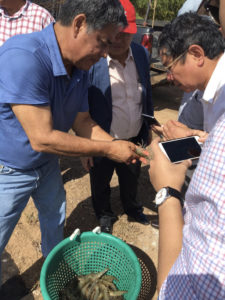
Brock believes Hawaii will continue to compete in the SPF marketplace, but that as demand increases, “Hawaii probably does not have the capacity to produce very large numbers of high quality shrimp to export,” he said, leaving room for more international growth.
Wyban, who after leaving OI in the 1990s, founded shrimp broodstock company High Health Aquaculture, said that Hawaii’s position as “first mover” in the development of SPF will be a huge competitive advantage in the years to come.
“Hawaii was way ahead of everyone else,” said Wyban. “It’s going to take them a long time to catch up.”
Beyond two decades of branding as the gold standard for SPF, Hawaii has geographic advantages that will be hard to overcome, Chamberlain added. The islands’ remoteness and isolation from shrimp populations where disease is prevalent is supported by strict oversight from the state’s Department of Agriculture controlling the movement of shrimp into and within the islands.
“Having the right climate, the right isolation, having sea water that’s very high quality and free of diseases, those are very big advantages,” he says. “Could you do it without that? Yeah, it’s possible, but it would be 10 times the cost and a lot of risk.”
Wyban acknowledged the industry will make a shift, but added that he doesn’t think those changes will unseat Hawaii from the SPF throne anytime soon.
“There will be some successes out in the industry elsewhere, and there are some companies that could make it,” he said, “but I think Hawaii will continue to dominate the space.”
Now that you've reached the end of the article ...
… please consider supporting GSA’s mission to advance responsible seafood practices through education, advocacy and third-party assurances. The Advocate aims to document the evolution of responsible seafood practices and share the expansive knowledge of our vast network of contributors.
By becoming a Global Seafood Alliance member, you’re ensuring that all of the pre-competitive work we do through member benefits, resources and events can continue. Individual membership costs just $50 a year.
Not a GSA member? Join us.
Author
-
Ilima Loomis
Ilima Loomis is a freelance journalist in Hawaii who covers science, travel and business.
Tagged With
Related Posts

Health & Welfare
A holistic management approach to EMS
Early Mortality Syndrome has devastated farmed shrimp in Asia and Latin America. With better understanding of the pathogen and the development and improvement of novel strategies, shrimp farmers are now able to better manage the disease.
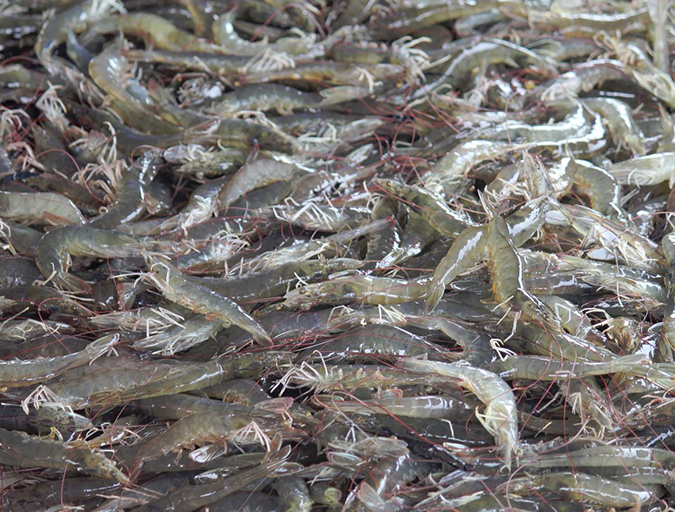
Health & Welfare
Four AHPND strains identified on Latin American shrimp farms
Two virulence genes are known to encode a binary photorhabdus insect-related toxin that causes acute hepatopancreatic necrosis disease in shrimp. The pathogenicities of these V. campbellii strains were evaluated through laboratory infection and subsequent histological examination in P. vannamei shrimp.
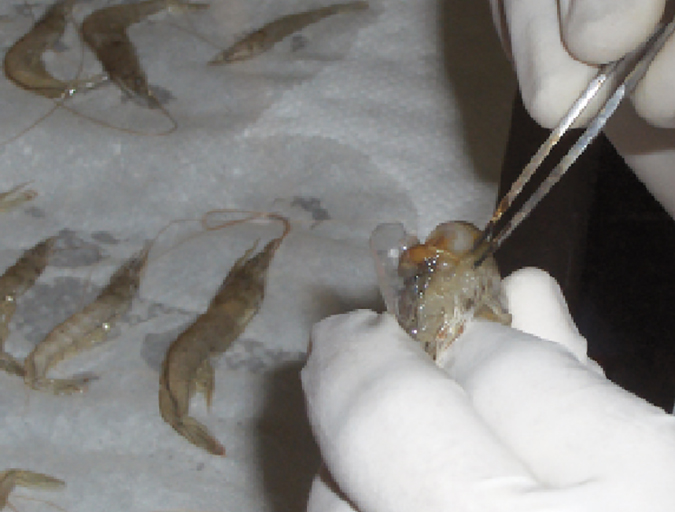
Health & Welfare
Double-stranded RNA against WSSV genes provides antiviral protection in shrimp
Silencing genes in white spot syndrome virus (WSSV) with critical roles in replication could provide a strong antiviral effect and thus reduce shrimp mortality. The authors therefore established a study to evaluate the antiviral efficacy of double-stranded (ds)RNA against non-structural WSSV genes.
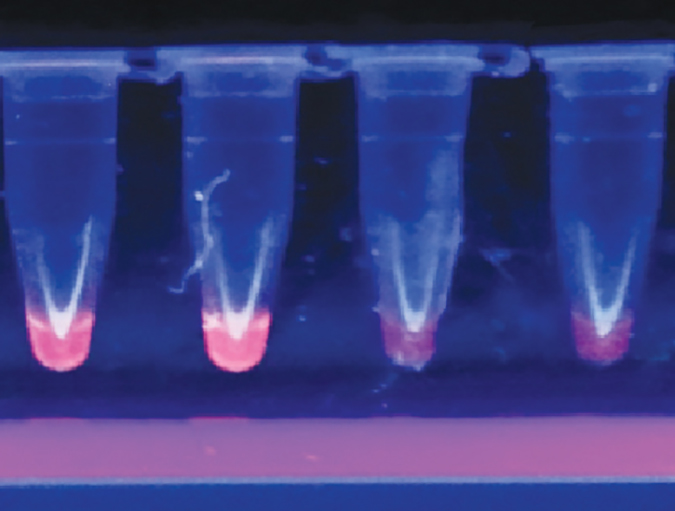
Health & Welfare
On-site diagnostic kit identifies WSSV in shrimp
Loop mediated isothermal amplification (LAMP) is a highly specific technique that can amplify DNA in isothermal conditions. The kit can amplify the target gene of the pathogen using a single temperature and give results in one hour.



